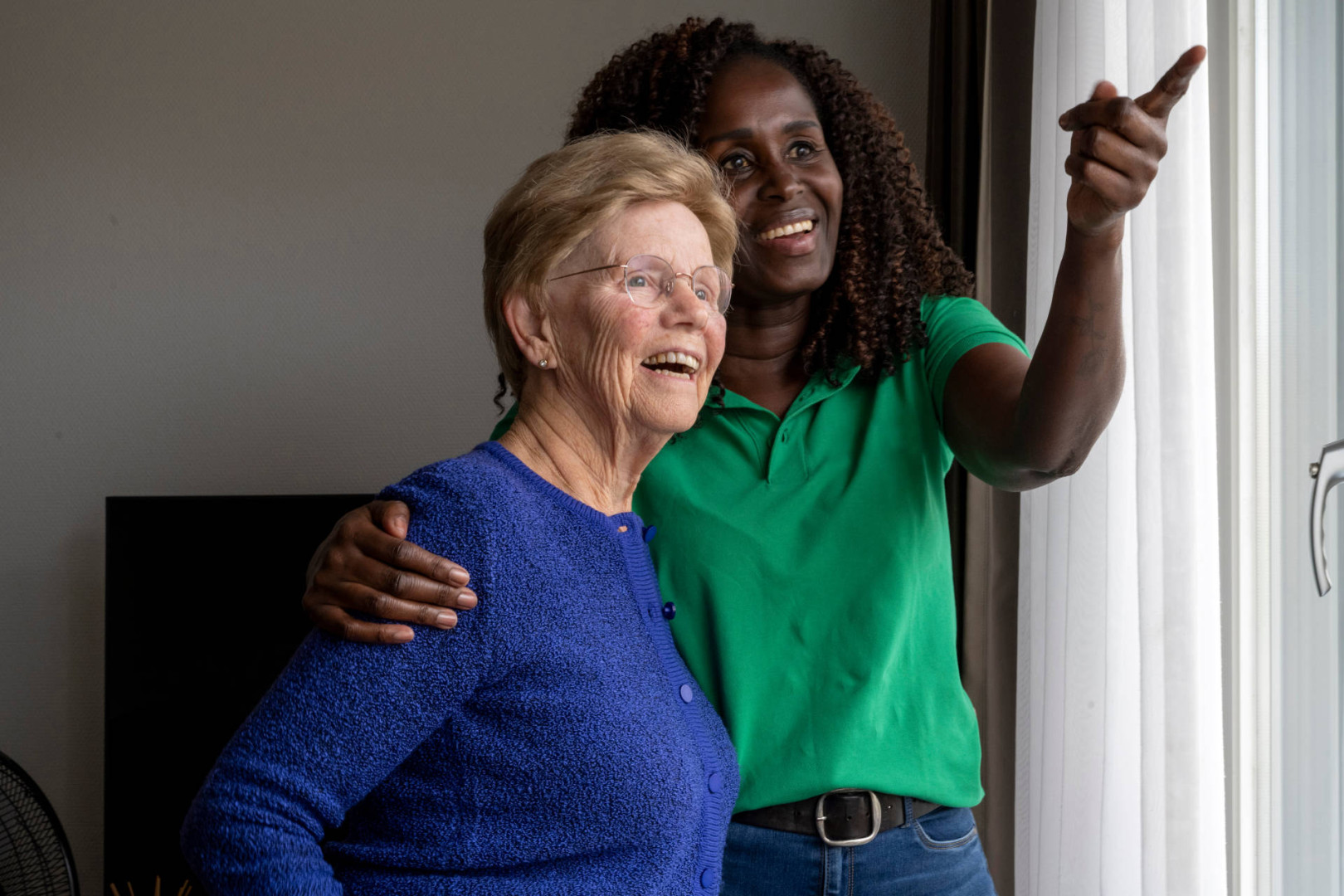ALTHOUGHT THIS IS A US STUDY – THE THEME AND DEMOGRAPHIC CHALLENGES ARE THE SAME HERE IN CANADA – AND MIRROR SIMILAR CANADIAN STUDIES ON CAREGIVING.
Caregiving in the U.S. 2015 is a joint study by the National Alliance for Caregiving and the AARP Public Policy Institute that provides recent insight into the state of family caregivers in the U.S. According to this study, nearly 44 million adults in the U.S. are now providing personal assistance for family members with disabilities or other care needs. That’s more than one out of every six adults. More than 34 million care for frail elders and nearly 4 million help children with disabilities. About 6.5 million care for both.
The typical family caregiver is a 49-year-old woman who is assisting a parent or in-law and working at a paid job. She provides about 24 hours-a-week of personal assistance such as bathing or dressing or helping with activities such as shopping or rides. Almost six in 10 perform nursing or other complex care tasks, such as giving oral medicines or injections, wound care, or operating medical equipment. The typical caregiver has been helping a parent or spouse for four years.
Most work full-time but six in 10 report that caregiving has affected their ability to do their jobs. About half say they’ve had to take occasional time off, 15 percent have taken leaves of absences, and 14 percent have had to reduce work hours or change jobs as a result of their caregiving.
About half of all those caring for adults say they get help from other relatives or friends. But only about one-third say their loved ones have aides, housekeepers, or other paid assistance (some report both paid and unpaid help). A third of family caregivers say they do it alone—they get no help from anyone.
The typical care recipient is a 69-year-old woman, though nearly half of caregivers say they are aiding a loved one who is 75 or older. Half live in their own home and a third live in their caregiver’s homes. Only 5 percent lived in nursing homes and 3 percent in assisted living. About 60 percent have some long-term physical condition, one-third have a short-term acute illness or injury, and almost one-quarter have memory problems. About half were hospitalized in the past year.
While the “typical” profile was a 49-year-old daughter in this study, there were notable differences among those supporting their relatives. For instance, 40 percent of caregivers were men. And while caregivers spend an average of about 24 hours-a-week helping relatives or friends, nearly one-quarter say they provide more than 40 hours-a-week of care. Those doing the most hours reported higher levels of financial, physical, and emotional stress, and were more likely to cut back on their own paid work.
Older adults caring for spouses or partners face the biggest caregiving burden. They provide an average of nearly 45 hours-a-week of care, nearly twice the average. Caregivers who are themselves 75 or older are less likely to have paid help, more likely to act as medical advocates, and more likely to be managing their family finances than younger caregivers.
This report provides a valuable resource in understanding the burden that caregiving imposes on families, where the vast majority of people with functional limitations live at home, and nearly all of them rely on family members and friends for support.
Study statistics compiled by Caren Parnes for the Senior’s Choice
Get the report at: www.caregiving.org/caregiving2015/















